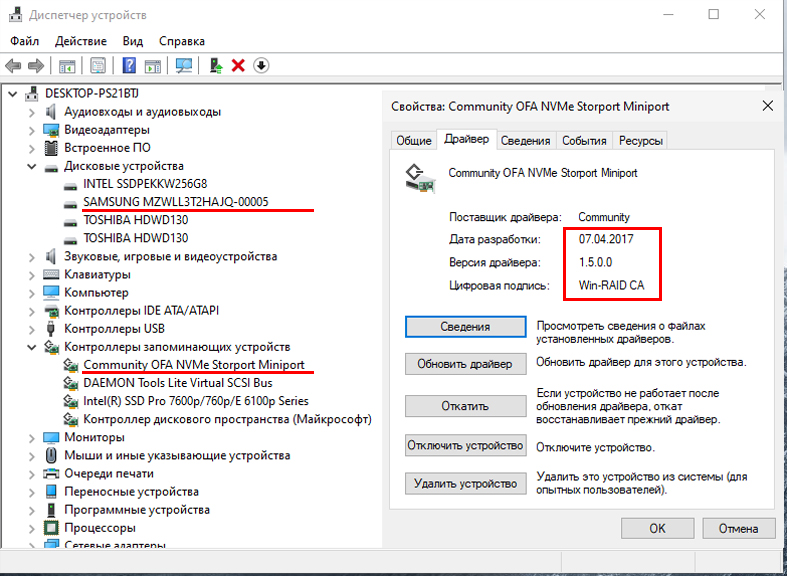

By default, NVMe/TCP uses port 8009 for discovery controllers and port 4420 for I/O controllers. Source IP address, source TCP port, destination IP address, and the destination TCP port define the TCP connections. Before data can be transmitted between a host and storage subsystem over a TCP fabric, a TCP connection must be made.

#DELL NVME CONTROLLER DRIVER PLUS#
Command capsules contain submission queue entries (SQEs) plus optional data while response capsules contain completion queue entries (CQEs). A capsule is an NVMe unit of information exchange that can be either a command capsule or a response capsule.

#DELL NVME CONTROLLER DRIVER DRIVER#
In message-based fabrics, NVMe commands are placed into capsules (that are encapsulated by host driver software). These commands are placed into a NVMe protocol “command set.” The following table shows the commands for the different command sets as defined by the NVMe Base Standard: A single user command or an application I/O can trigger multiple NVMe commands. In NVMe, all application I/O- or user-issued commands are converted to specific NVMe commands (fabric, admin, I/O). TCP defines how applications can create channels of communication across a network. TCP/IP specifies how data can be exchanged over networks. Transmission Control Protocol/Internet Protocol (TCP/IP) is a suite of communication protocols used to interconnect devices on communication networks. VLANĪ Virtual Local Area Network (VLAN) is any broadcast domain that is partitioned and isolated in a computer network at the datalink layer (Layer 2). Ethernet is commonly used in local area networks (LAN) and wide area networks (WAN). EthernetĮthernet is a family of computer networking technologies operating at the OSI physical layer (Layer 1) also providing services to the OSI datalink layer (Layer 2). The Open Systems Interconnection (OSI) Model is a seven-layer conceptual model that characterizes and standardizes the communication functions of a telecommunication or computer network system without regard to its underlying internal structure and technology. The following section describes the NVMe/TCP components and how they work together to transfer data between a host and a subsystem.


 0 kommentar(er)
0 kommentar(er)
